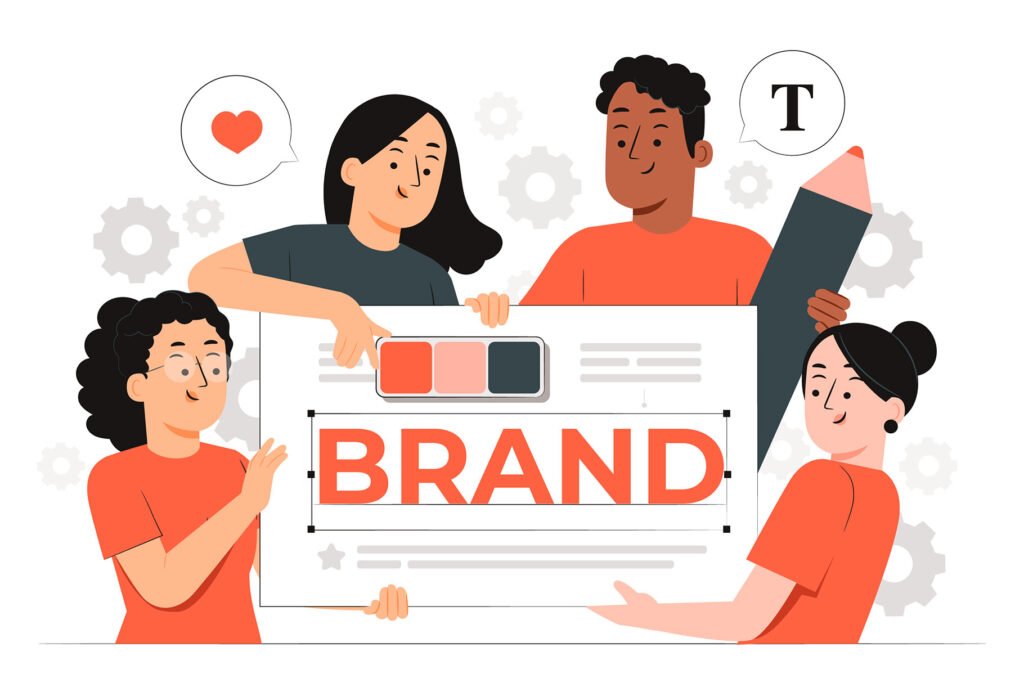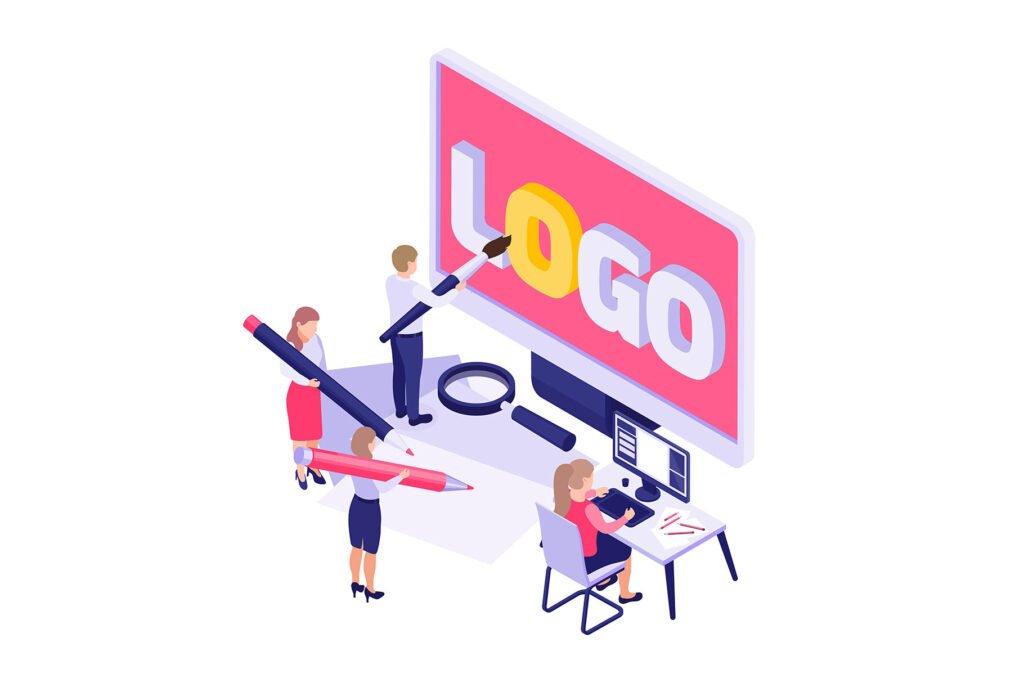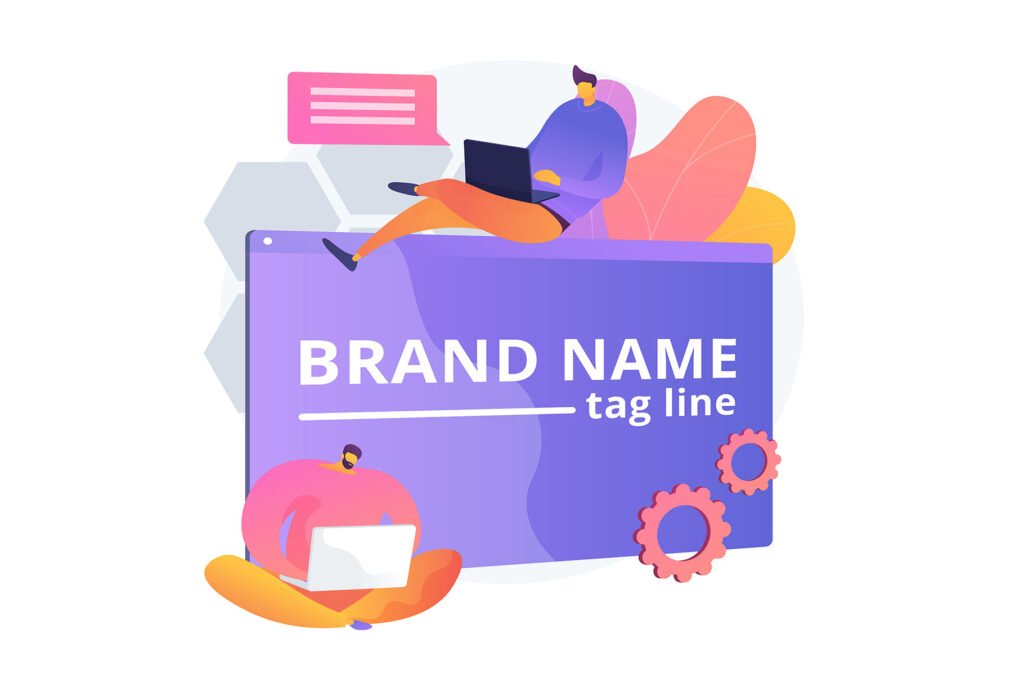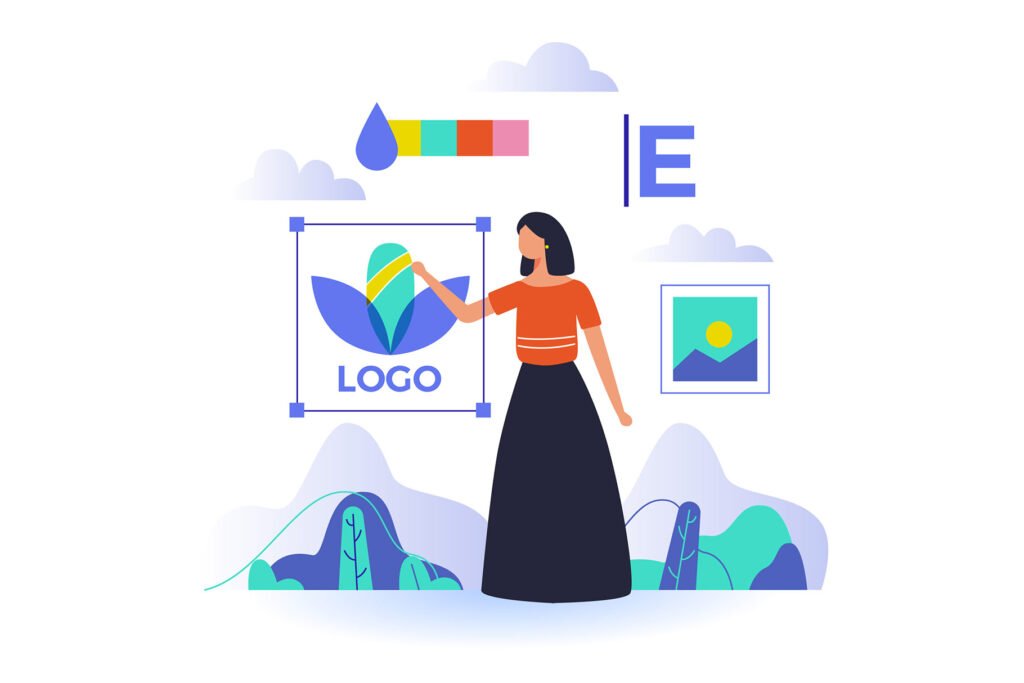The elements of the brand are a set of specific, measurable components that contribute to the overall impression a customer has of a company or product.
The elements of the brand are distinct from each other and can be tracked separately, but they all contribute to the overall image of the brand.
A brand is the combination of all of your company’s marketing efforts. It’s how customers think about you, and it determines whether they’ll choose to do business with you.
What is a brand?
A brand is a name, term, sign, symbol, or design that identifies the source of goods to consumers and differentiates those goods from other sources.
A brand is an intangible asset that contributes to building a strong reputation for the business and generates goodwill for the owner. In other words, it’s how customers think about your business—your product or service and all the things associated with it (e.g., quality and value).
A strong brand is essential for any business or product that wants to succeed long term. And while there are many components to building a strong brand, these 10 elements stand out the most:
Elements of a Strong Brand
1. Name

There are some key elements to a strong brand name.
The first is that it should be simple, memorable, and easy to spell. If people have trouble pronouncing or remembering the name of your company, they will have trouble associating it with them as well.
It should be able to stand on its own as a brand name. This means that you shouldn’t have to add an adjective or descriptor to describe what your company does (like “digital,” “web,” or “app”).
It should also be unique enough that no one else is using it for their business—but also relevant so that customers can see how you’re different from everyone else in your field.
Finally, consider how short the name needs to be so that it fits on business cards and stationery without looking cramped or ugly.
2. Purpose

Your company’s purpose is its reason for being. It’s not just about making money; it’s about doing something that impacts the world in a positive way.
This means you have to have some sort of social mission or goal, whether it’s improving lives, making people laugh, helping each other find love, or whatever else might inspire you.
What is the purpose of your brand? Why do you exist? What do you want to achieve? What is the meaning of your brand?
If you don’t know what this is, it’s time to sit down and think about it. If you can answer these questions with a purpose that will help your customers, then we have something great! People like brands that stand for something positive and meaningful in their lives.
3. Vision

Vision is one of the most important aspects of any brand design. You want to convey what your company does, and how it can help solve a problem or meet a need. The best way to do this is by creating a visual metaphor that represents your brand’s mission and vision.
For example, Apple’s “Think Different” campaign is a perfect example of how to use a visual metaphor to convey your brand’s message. The campaign featured famous historical figures along with quotes that inspired them like Einstein and Gandhi.
Your vision is the future state of your brand. What do you want to achieve? What kind of reputation do you want?
The vision should be a clear statement of what you want to achieve. It should be consistent with your brand purpose and it needs to be communicated internally and externally.
It is important to get everyone on the same page and aligned with the vision. It should be simple and easy to understand so that you can use it across all platforms.
It’s important that you have a clear idea about this before starting any marketing activity in order for them all to align with each other toward achieving it.
4. Logo

Your logo is the face of your brand, so it’s important to get it right. A strong brand should have a simple, memorable, and unique logo that can be scaled, adapted, and used in many different ways.
Try to avoid complicated shapes or patterns that are difficult to reproduce in small sizes or in black and white; these will only add more work for you later on.
The simpler the design, the easier it will be for others to remember—and as an added bonus: less likely someone else has already used it!
When choosing colors for your logo, keep them within the same color palette as your other marketing materials (if any) so that they look consistent across all platforms.
For example, if you choose blue as your main color then use variations such as turquoise or teal for accents rather than magenta which would stand out too much from what people expect from your brand identity
Don’t forget to read our article on How to Design a Logo to Make it Stand Out (Step-by-Step Guide)
5. Slogan

A slogan is a short, memorable and simple phrase that brands use to communicate their messaging and promise.
Slogans can be used in advertising and marketing materials, on social media, and on the website to help people remember what your brand stands for. It should also reflect your target audience’s needs and goals.
For example, if you are a financial planning firm then a slogan such as “Helping you achieve your dreams” would work well whereas if you were a luxury brand like Chanel then something along the lines of “Elegance with an edge” would fit better.
A slogan should be easy to understand and should be able to communicate the brand’s message in an engaging way. Slogans that are engaging will stick in the minds of consumers, who will then associate them with the brand.
Slogans should also connect with your customers’ values, beliefs, and attitudes in order for them to resonate with them.
6. Color Combination

Color can be a powerful tool for creating a strong brand identity. When used effectively, color can help you to make your company stand out from the competition and achieve recognition in the marketplace.
The best color combination for your brand is one that is easy to read and understand. It should also be able to convey the brand’s message clearly and effectively. You can use different colors for the text (black) and background (white). The best way to do this is by using a tool such as Adobe Color CC.
However, choosing the right colors for your brand isn’t as simple as it sounds! There are many different aspects to consider when choosing your company’s color scheme:
When choosing colors, make sure they are compatible. This refers to how well-matched two or more colors look together when put next to each other on a web page or business card.
For example, if you were designing an ad aimed at young women then bright pink might be an appropriate choice because it is one of the most popular teenage girl’s clothing colors but if you were making a flyer about pet care products then grey would probably work better since it doesn’t clash with any animals’ fur (unlike pink).
Use complementary colors that contrast against each other well but still complement each other visually – these often include black & white; red & green; yellow & blue; etc…
7. Graphics

Graphics are an effective way for a brand to communicate with customers, whether it’s through a logo, website design, or packaging.
While graphics should be consistent with the overall look and feel of your brand, they should also be simple enough to understand at a glance. Your graphics should be relevant to the product or service you’re selling.
For example, if you have a travel app that helps people book flights and hotels, then your graphics will likely include airplanes or other transportation options.
Your graphics should also be consistent with the overall look and feel of your brand. This means that if you’re selling luxury products, then your graphics should be high quality and luxurious looking. If you’re selling a more affordable product or service, then your graphics should reflect this as well.
Graphic designers can help create simple yet powerful logos that convey what your business does in just one glance.
8. Images

Images are an important part of a brand’s identity. They can be used in many ways, from logos to website design and social media.
Images are also important when it comes to the visual elements of your marketing materials. You can use images on your website, in print ads and other advertisements, in emails, and more.
Images can help you get your message across quickly and effectively. If you’re selling a product, then an image of that product will show potential buyers what they’re buying before they even read any text.
It is essential that images are relevant to the brand, consistent with its style and message, and memorable when viewed by potential customers. Images can also be used to create a mood, convey meaning and enhance brand recognition.
Images should be relevant to the brand and consistent with its style and message. Images that are used in social media should be easily identifiable when posted as a thumbnail, so they must have clear focal points.
Consider using images of real people or products to help create an emotional connection with customers.
9. Typography

When you see a brand, you’re looking at its typography.
Fonts are important, and they can convey a lot of information about the brand—from what type of industry it’s to how serious or playful it is.
Fonts are also important in social media. They can add personality to your posts, help convey a brand’s message and reinforce its visual identity.
When used effectively, typography can improve the effectiveness of your social media posts by making them easier to read and understand.
Fonts can be used to convey the message of the brand too. For example: if you’re creating a website for an accounting firm, you might want to use something traditional like Times New Roman or Courier New; whereas if you’re designing a website for children’s toys, something fun and whimsical might be more appropriate such as Comic Sans or Papyrus (or even both).
10. Shapes

When it comes to shapes, the possibilities are endless. You can use basic geometric shapes like circles and squares, or try something more unusual like stars or triangles.
Shapes are a great way to add visual interest and represent your brand in a unique way. They can be used to represent the product, the customer or even the message you are trying to convey.
Take Nike for example – their swoosh symbol is instantly recognizable and has become synonymous with their brand.
The best shape designs will use simple geometric shapes (like circles or squares) that can be used across multiple platforms like social media channels, websites, advertisements etc.
Conclusion
A good brand will lead you to success. It embodies the qualities and values that your company stands for and helps it stand out from its competitors.
Branding is the process of creating a strong image in the minds of consumers, so they will be drawn to your products over those of your competitors.
This can be done through various visual elements such as color schemes, logos, and slogans, but also through words like “quality” or “reliability” which are used throughout all aspects of design: typography (fonts), shapes (geometric patterns), etc.
Recommended Reading: Color Psychology: How To Use In Logo Design
FAQs
What is a brand?
A brand is a symbol, a name, or a design that represents your company, product, or service. It can be a logo or slogan that you use to promote your business.
What is the Process of Creating a Brand?
The process of creating a brand is the process of determining the things that make up your brand, and then deciding how to best represent those elements.
What are the Top 3 Elements of a Brand
The top 3 elements of a brand are the logo, the color scheme, and the purpose of the brand.
3 thoughts on “The 10 Essential Elements of a Strong Brand”